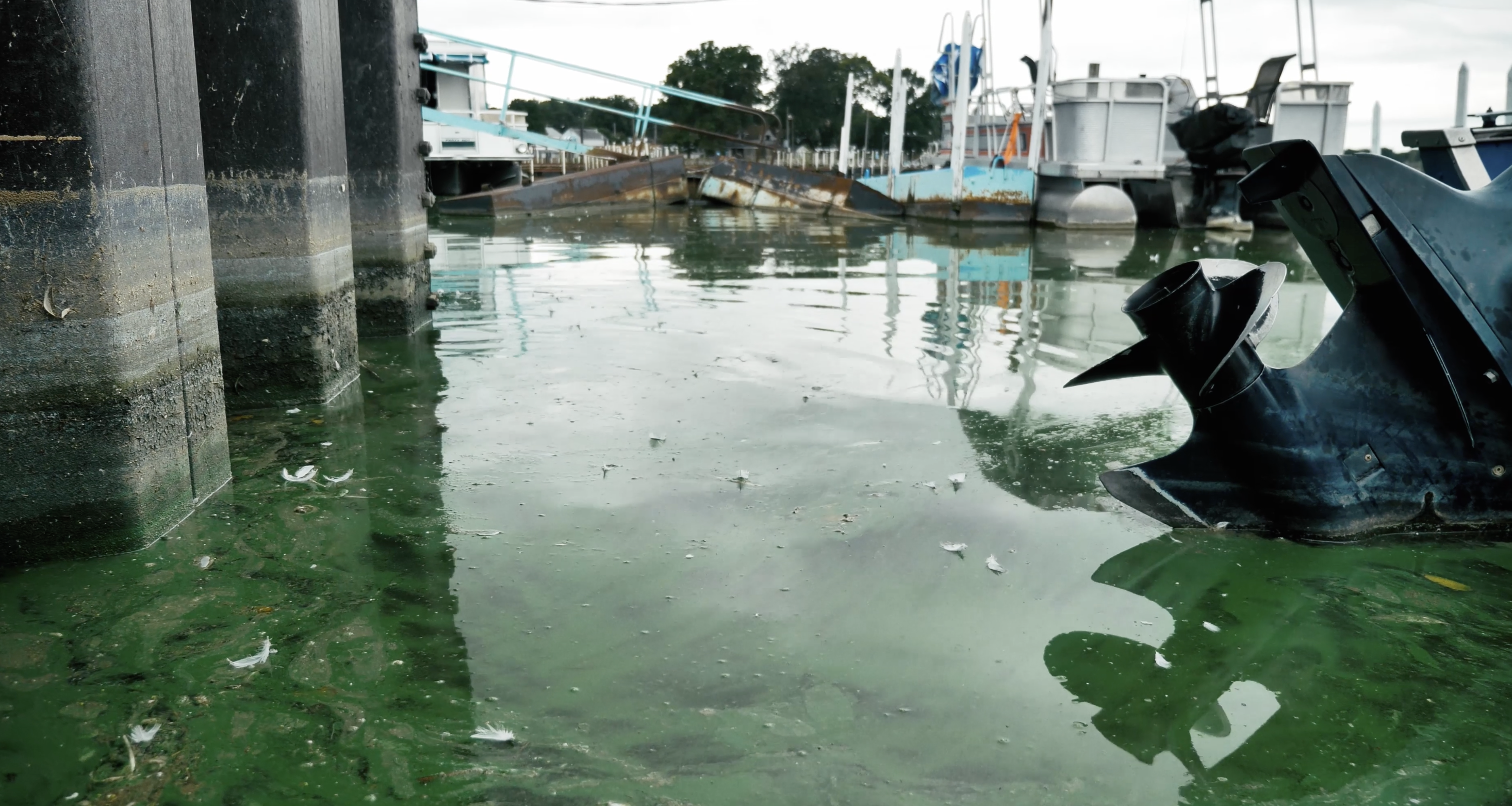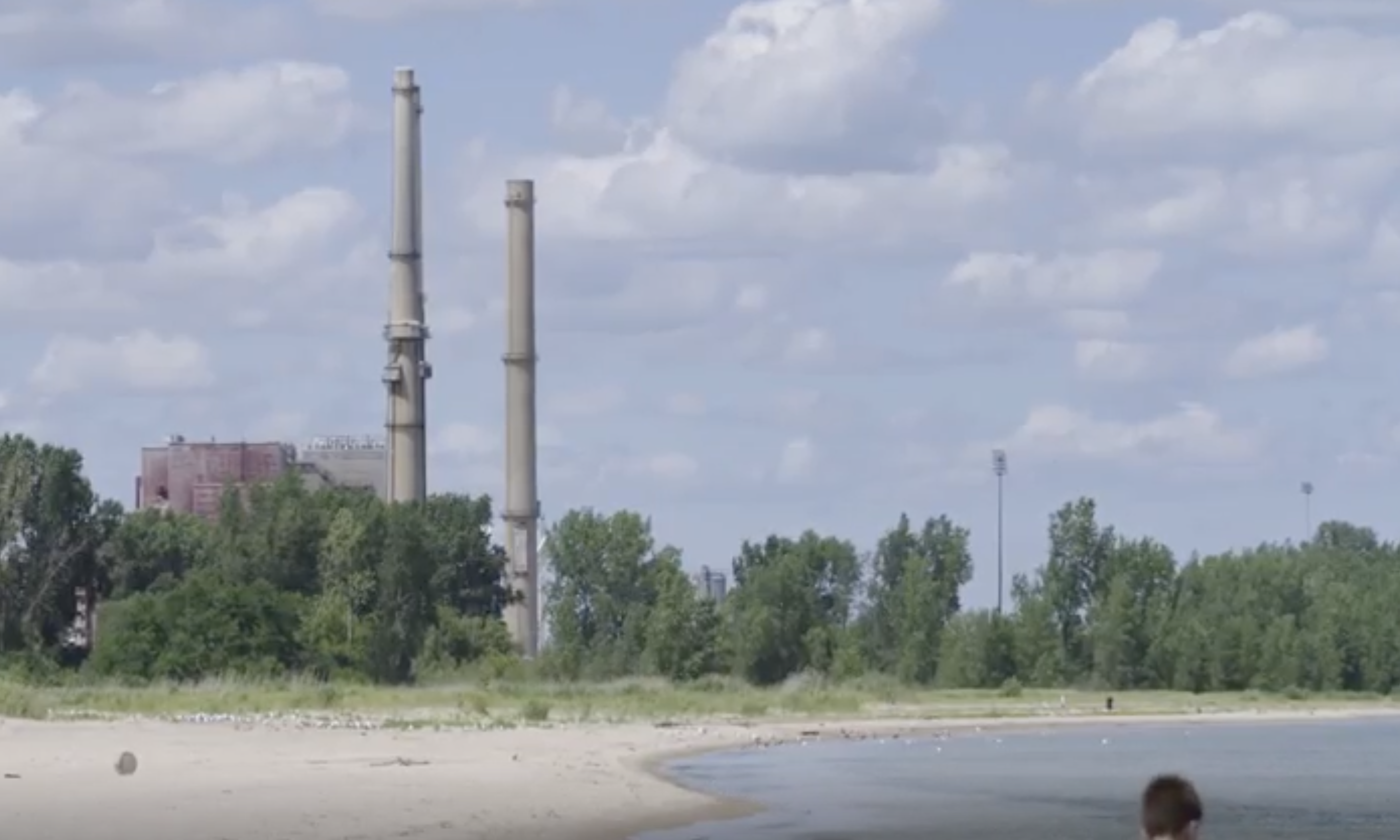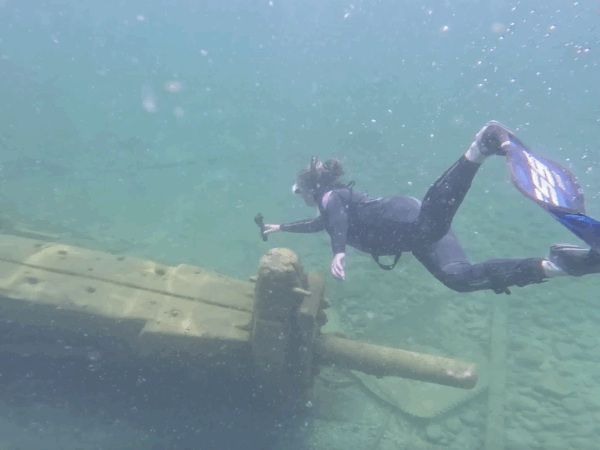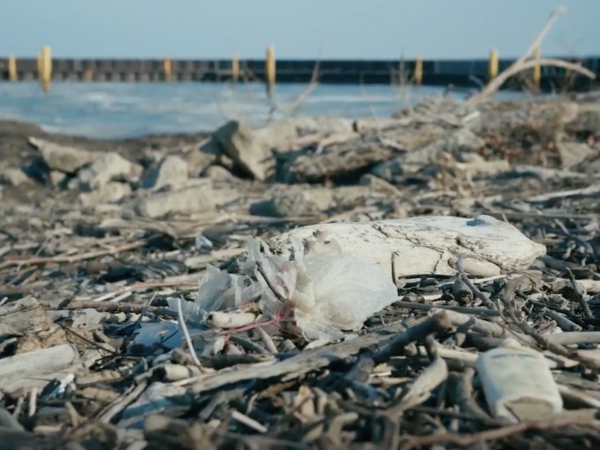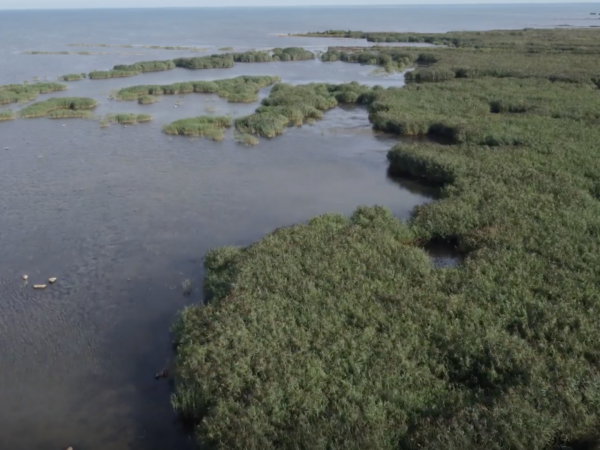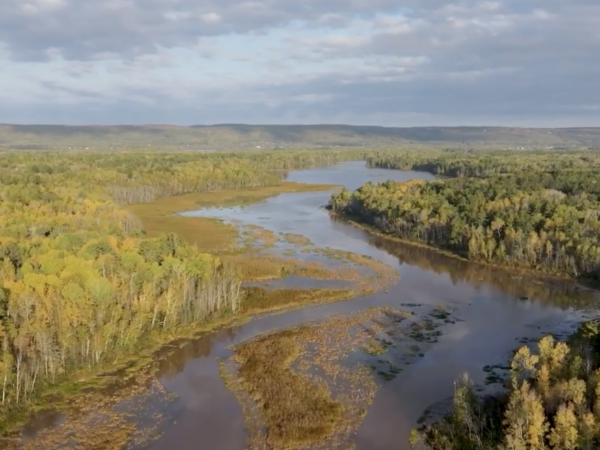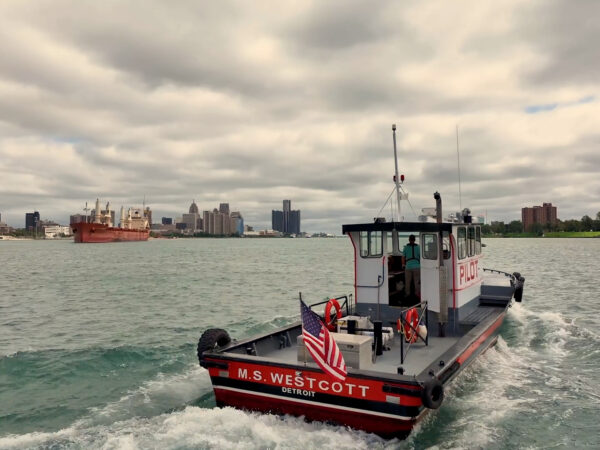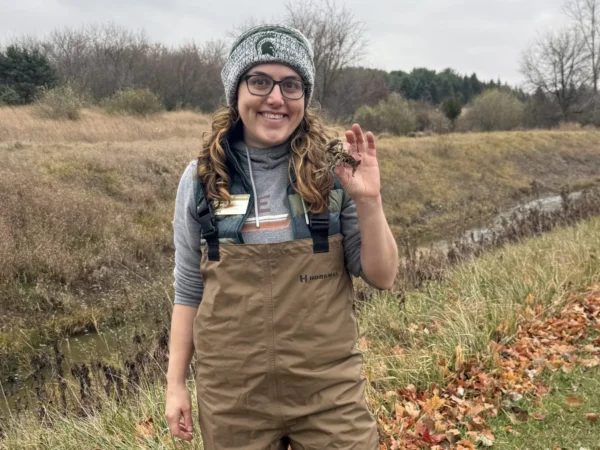IN THIS EPISODE:
In this episode of Great Lakes Now, a look at the state of Lake Erie algal blooms 10 years after the Toledo Water Crisis, the past and present of Flint’s Water Crisis, and understanding what EPA regulation means for coal ash ponds along the Great Lakes.
When to Watch?
Check your local station for when Great Lakes Now is on in your area.
Are we any closer to solving Lake Erie’s toxic blooms?
SEGMENT 1 | Toledo, Ohio
In 2014, a toxic algae bloom in Lake Erie left nearly half a million people in and around Toledo without clean drinking water. The algae bloom was caused by phosphorus from agricultural manure and fertilizer flowing into the lake. In the decade since the Toledo water crisis, little has been done to prevent algae blooms on Lake Erie. A new lawsuit against the EPA seeks to change that.
The Catch: News about the Lakes You Love
SEGMENT 2 | Waukegan, Illinois
Were Flint kids hurt by lead? Or something else?
SEGMENT 3 | Flint, Michigan
Researcher Marc Edwards was among the first scientists to discover Flint’s water was contaminated with lead over a decade ago. Now research is showing that the long term health effects associated with elevated lead levels may have bene overblown. The harm from the messaging around long term impacts is itself now a very real issue for the people of Flint.
Detroit reporter Bryce Huffman talks with researcher Marc Edwards about the way the narrative surrounding Flint’s water has become a problem for the young people of Flint.
Featured Articles


